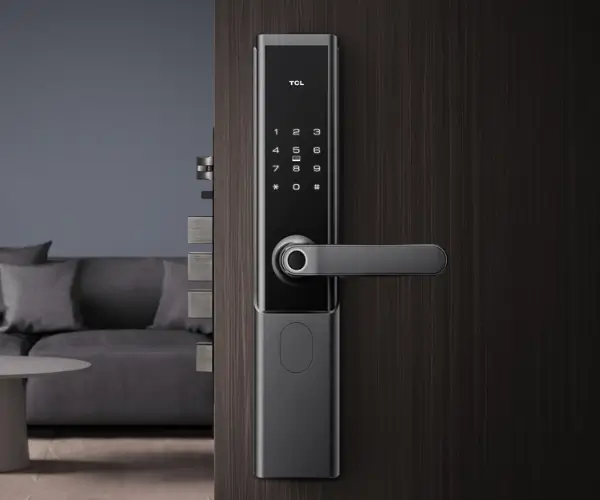Imagine holding a tiny robotic arm in your hands, capable of precise movements, ready to perform intricate tasks — all because of a small, unassuming motor driven by a clever microcontroller brain. That’s the magic of integrating a servo motor with an Arduino, a cornerstone in the world of DIY robotics and automated projects. Whether you’re creating a robotic hand, a camera gimbal, or an automated door, mastering how to connect and control a servo motor is the first crucial step.

Understanding the Servo Motor
Before diving into wiring and code, it's helpful to understand what a servo motor really is. Unlike regular motors that spin continuously, servo motors are designed for precise angular position control. They can rotate to specific angles within a range, often 0 to 180 degrees, and hold that position tightly. This makes them ideal for robotic joints, steering mechanisms, and any application where exact movement matters.
The Components You Need
To start, gather these essentials:
An Arduino board (Uno, Mega, Nano, etc.) A servo motor (commonly, SG90 or MG996R) Jumper wires A breadboard (optional, for organized wiring) External power supply (recommended for larger servos) Resistors (if needed for signal conditioning)
Step 1: Wiring the Servo Motor
The wiring setup is straightforward but must be done carefully for reliable operation.
Identify the wires: Red: Power (Vcc) Brown or Black: Ground (GND) Yellow, White, or Orange: Signal (PWM control) Connections: Connect the red wire of the servo to the 5V pin on the Arduino (or to an external power source if your servo demands more current). Connect the black/brown wire to the GND pin on the Arduino. Connect the signal wire to a PWM-capable digital pin on the Arduino, for example, Pin 9.
Power considerations: Not all servos can be powered directly from the Arduino's 5V pin, especially if they draw significant current. For high-torque or multiple servos, use an external power supply (like a 4-6V battery pack), and connect its ground to the Arduino ground to establish a common reference.
Step 2: Installing the Arduino Servo Library
The Arduino IDE comes with a built-in library called Servo, specifically designed to control servo motors. Before programming, make sure the library is included:
#include
This library simplifies controlling servo positions, handling PWM signals internally.
Step 3: Writing Your First Control Sketch
Here's an example sketch that moves the servo back and forth between 0 and 180 degrees:
#include Servo myServo; // create servo object void setup() { myServo.attach(9); // attaches the servo on pin 9 } void loop() { for (int position = 0; position <= 180; position += 1) { // goes from 0 to 180 myServo.write(position); // tell servo to go to position delay(15); // waits 15ms for the servo to reach the position } for (int position = 180; position >= 0; position -= 1) { // goes back to 0 myServo.write(position); delay(15); } }
This code smoothly moves the servo from 0 to 180 degrees and back. Adjust the delay for faster or slower movements.
Step 4: Upload and Test
Connect your Arduino via USB, upload the code, and watch the servo perform its sweeping motion. If your servo jitters or doesn't move, check your wiring, power source, and ensure the signal wire is connected to a PWM capable pin.
Troubleshooting Tips:
Make sure your servo’s power supply can provide enough current. Ensure the grounds of your Arduino and power supply are connected. Use a separate power supply for multiple servos. If the servo makes noise or vibrates continuously, reduce load or check that the wiring is correct.
Adding More Servos
Controlling multiple servos is as simple as creating multiple Servo objects and attaching each to different pins:
Servo servo1; Servo servo2; void setup() { servo1.attach(9); servo2.attach(10); }
Control each independently in the loop() or through functions, enabling complex robotic systems.
Creative Applications
Once you're comfortable with basic control, explore programming more dynamic behaviors:
Sensors to detect position or environmental changes. Integration with inputs like button presses or remote controls. Using feedback from potentiometers for precise positioning (closed-loop control). Combining multiple servos for robotic arms, art projects, or automated vehicles.
Safety Reminder: Always test your servo motions with low degrees or limited power before attempting full-range movements, especially with heavy loads or delicate components.
Hope this first part stokes your curiosity and confidence for your project. Ready for the next phase? I’ll dive deeper into advanced techniques, troubleshooting, and creative ideas possibilities with servo motors in the second part.
Kpower has delivered professional drive system solutions to over 500 enterprise clients globally with products covering various fields such as Smart Home Systems, Automatic Electronics, Robotics, Precision Agriculture, Drones, and Industrial Automation.




































